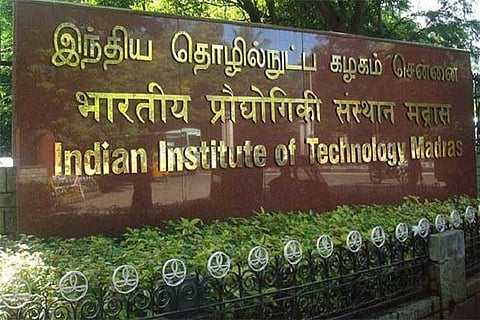

Chennai
The main objective of the consortium is to enable members to create new advanced technologies and applications in virtual reality (VR), augmented reality, mixed reality (XR) and haptics together. Their research collaboration would be undertaken with industrial sponsors and participants from industry, academia and government.
The consortium would promote best practices and dialogue with all stakeholders, government policymakers and research institutions. It aims to become a resource for industry, academia, consumers and policymakers interested in virtual, augmented and mixed reality, a statement said. The CAVE’s engineering mission is to promote engineering of XR and haptic technology development, not just using XR and haptics, and adoption of XR and haptics globally, particularly in India.
Highlighting the role that IIT Madras would play in this consortium, CAVE coordinator Prof M Manivannan, Department of Applied Mechanics, IIT Madras, said, “A strong research group such as IIT Madras is needed for innovations in XR and haptics. As an academia-initiated consortium, innovation is given priority, much more resource is available for every member, and together can reach a wider audience and achieve grandeur missions.”The key outcomes envisaged from CAVE include developing indigenous VR/AR/MR and haptics hardware and software, setting up a corridor where many start-ups and industries work together for a bigger mission to make India the choice for future XR and haptics needs.
In addition, promoting VR skill training, offer VR courses along with industrial partners to bridge the gap between the global XR and haptic needs and also promoting technology-enabled skill training using XR and haptic technologies such as medical skills training, vocational skills training, or education are the expected outcomes.
Visit news.dtnext.in to explore our interactive epaper!
Download the DT Next app for more exciting features!
Click here for iOS
Click here for Android